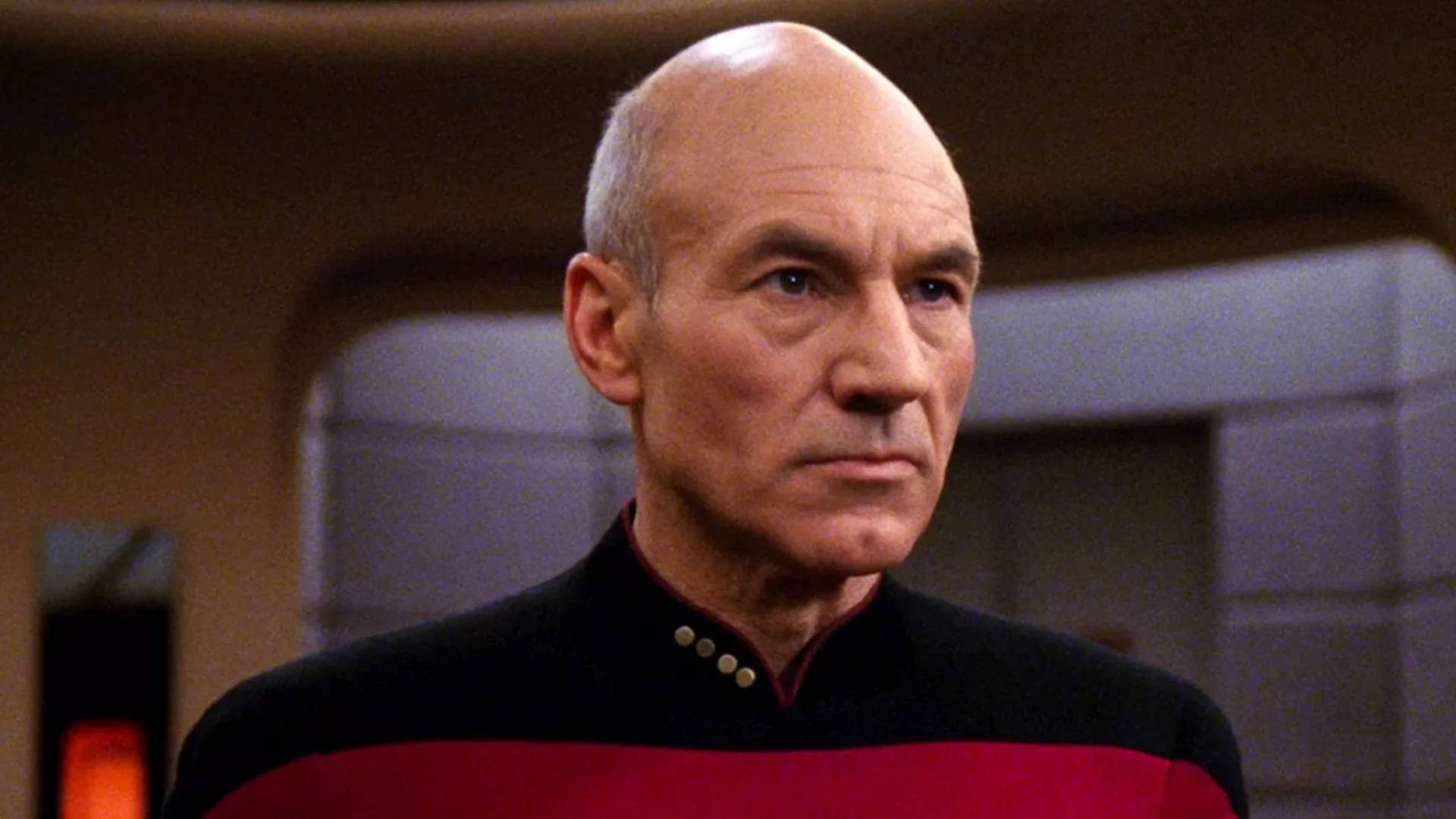Sir Patrick Stewart as Captain Picard: An Acting Masterclass in Measured Elegance - Video Essay
When Sir Patrick Stewart first took command of the USS Enterprise-D as Captain Jean-Luc Picard in Star Trek: The Next Generation, he redefined what it meant to be a Starfleet captain.
Where William Shatner’s Captain Kirk was impulsive and instinct-driven, Stewart brought a measured, intellectual authority that made Picard both commanding and deeply human.
Science fiction essayist Rowen J. Coleman, who previously explored Shatner’s dynamic authenticity as Kirk, takes a closer look at the artistry behind Stewart’s performance and how his mastery of tone, timing, and presence turned Picard into an enduring cultural icon.
Coleman describes the performance as “a look at the acting techniques used by Sir Patrick Stewart while playing Captain Jean-Luc Picard in Star Trek: The Next Generation. Though his expert use of precise diction, rhythm and body language, he turned Captain Picard into a cultural icon.”
Stewart’s control over his speech and silence gave Picard a kind of gravitas rarely seen in television science fiction. Every pause carried intention, every line carried weight. Coleman notes that while Kirk’s mind was faster than his mouth, Picard’s approach was rooted in patience and clarity.
“Patrick Stewart as Picard always thinks before he speaks …He’s always the one dictating the pace of conversations. As he pauses to consider his next words, everyone else waits for him to finish speaking. He also doesn’t give orders without carefully considering the information presented to him.”
That deliberate pacing wasn’t just in Picard’s words, it extended to his very posture. Stewart’s performance blended the discipline of classical theatre with the subtlety of television acting, making even stillness feel powerful. Coleman captures that physical authority perfectly.
“Picard’s sense of control also extends to his body language. He’s relaxed in the captain’s chair, but always sitting up straight. When he walks, he usually has his arms bolted to his sides.
“When he’s speaking to someone, he always maintains eye contact, only looking away when he’s thinking about what they’re saying. When he does gesture, the movements are often slow, deliberate, and precise.”
That balance of poise and empathy defined Picard’s leadership style. He wasn’t just a commanding officer; he was a philosopher navigating the stars, leading with intellect, compassion, and restraint.
Stewart’s refined choices as an actor made Picard feel less like a fictional hero and more like someone we might hope to become, a person that is decisive, composed, and endlessly curious.
More than three decades later, Star Trek: The Next Generation still resonates because of that timeless performance.
